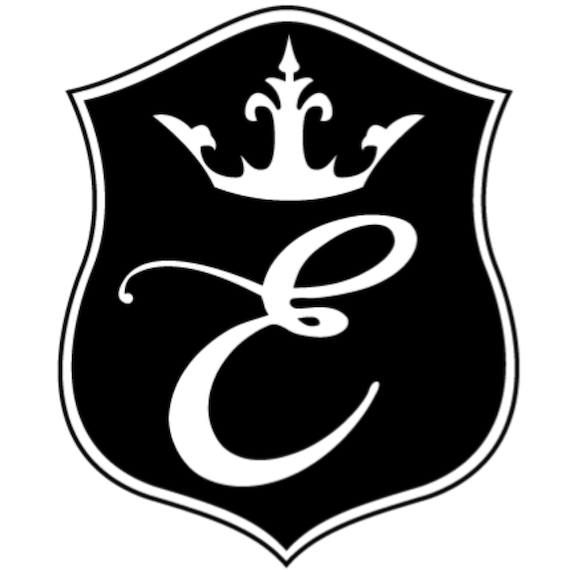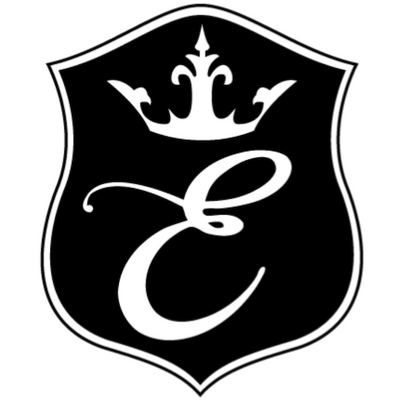Cleaning your saddle pad regularly is essential to maintain its quality and ensure the comfort of your horse. Start by removing any loose hair and debris with a stiff brush. For washing, either machine wash on a gentle cycle with cold water and a mild detergent or hand wash.
Avoid using fabric softeners as they can degrade the pad's material. If machine washing, use a front-load washer if possible, as agitators in top-load washers can damage the pad. After washing, air dry the saddle pad away from direct sunlight. Never tumble dry as it can shrink or warp the pad.
For more tack cleaning tips check out our article on How To Clean Horse Tack.









